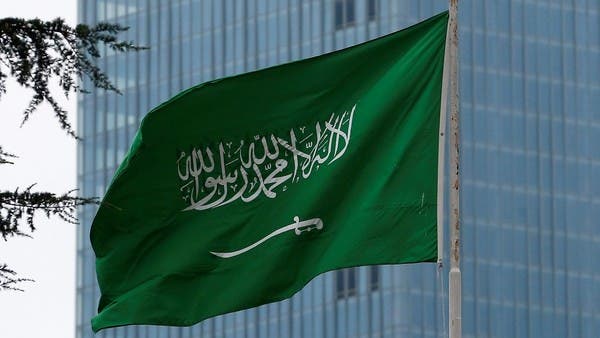Saudi Arabia's robust diversification efforts, driven by Vision 2030 strategies, have resulted in a surge of business activities and economic growth, despite worldwide economic uncertainty and concerns over inflation and geopolitical tensions. The country's economic diversification journey has led to the opening of new sectors and advancements in fields such as tourism, media, finance, and clean energy, making it a regional economic and technology hub. Saudi Arabia's continued focus on sectors like mining, metals, hospitality, tourism, and clean energy, along with fiscal consolidation efforts and revenue-enhancing measures, are key to sustaining its economic diversification model.
The healthcare IT market in Saudi Arabia is projected to grow by USD 1.6032 billion from 2022 to 2027, driven by an increase in the detection of chronic diseases and the growing need for healthcare IT solutions to effectively manage these conditions.
Saudi Arabia's tourism revenue tripled in the first quarter of 2023 as the country attracted more visitors and sought to diversify its economy from oil, with a surplus of 22.8 billion Saudi riyals ($9.86 billion) in the balance of payments for the tourism sector and a record number of tourists.
Saudi Arabia plans to invest up to $25 billion in Pakistan over the next few years, focusing on sectors such as mining, agriculture, and information technology, in an effort to increase foreign direct investment and aid Pakistan's economic recovery.
The USA is currently the world's largest economy with a GDP of over $23 trillion, followed by China, Japan, Germany, and India.
The Saudi fashion industry is projected to have the highest growth rates among large, high-income markets, with fashion sales expected to surge by 48% from 2021 to 2025, according to a report by the Saudi Fashion Commission. The industry contributed 1.4% to the country's GDP in 2022 and is expected to reach a turnover of $32 billion by 2026. The report also highlights the sector's contribution to job creation and the push for inclusivity, with women making up 52% of employees in the fashion sector.
Saudi Arabia is undergoing a major transformation through its Vision 2030 plan, led by Crown Prince Mohammed Bin Salman, aiming to diversify its economy and secure its place on the global stage; despite controversies and challenges, the country's economy is booming, heavily reliant on oil, and is making significant investments at home and abroad.
The United States has a net wealth of $136.8 trillion, with the private sector holding all the wealth while the public sector runs a deficit due to federal debt, and pro-growth policies are essential for economic health.
Saudi Arabia is investing in AI research and development, aiming to become a global leader in the field and attract $20 billion in investments by 2030 while also training a pool of 20,000 AI and data specialists to future-proof its workforce, according to its National Strategy for Data and Artificial Intelligence. The country's adoption of digitalization and emerging technologies is projected to contribute 2.4% to its GDP by 2030, and it is expected to capture a significant share of AI expansion. Additionally, Saudi Arabia is promoting AI competitions and hackathons to nurture its homegrown talent.
Saudi Arabia's economy is experiencing growth in non-oil sectors, driven by strong domestic demand and increased investment, but sustaining this growth will require ongoing reforms and sound macroeconomic policies.
Saudi Arabia is planning to raise funds from international debt markets to cover a projected budget deficit in 2023-2024 due to lower oil prices and extended oil production cuts, with deficits estimated at $43 billion; however, the country's strong non-oil economy is expected to support growth.
Saudi Arabia, a new member of the BRICS alliance, is expected to face a $21 billion budget deficit next year despite growth in its non-oil sector, though its GDP growth is still projected to exceed 4%.
